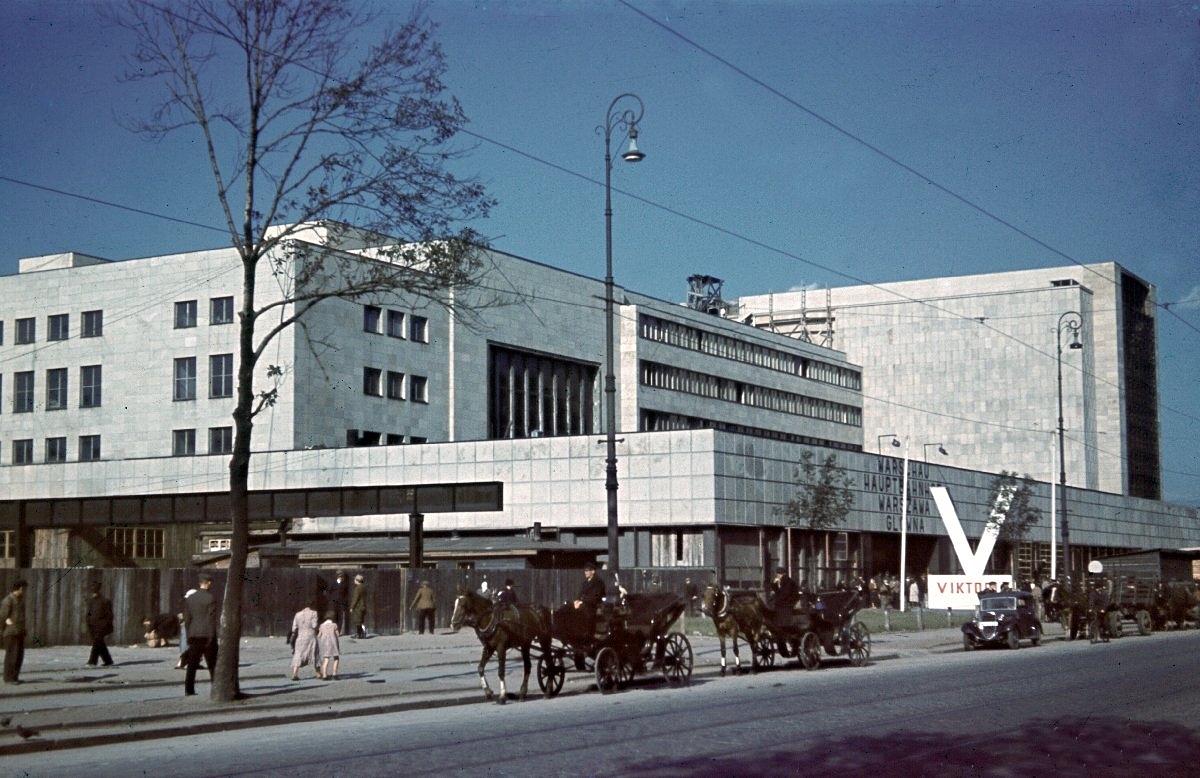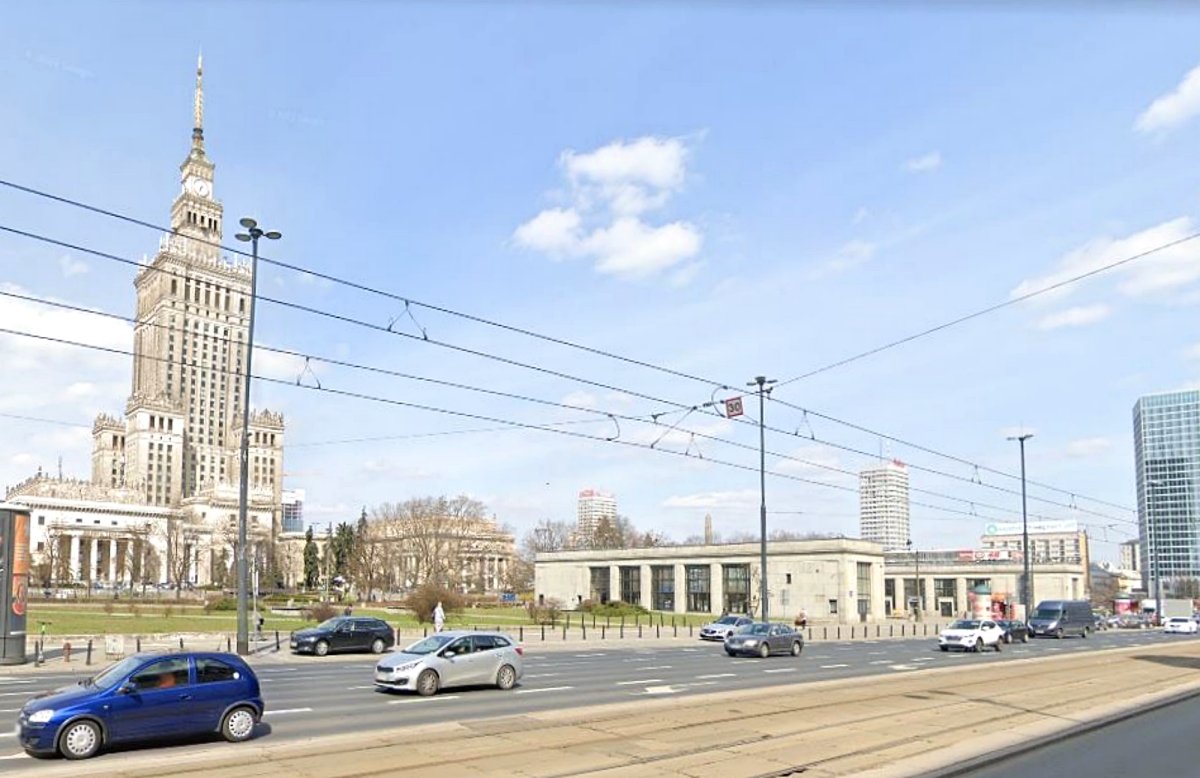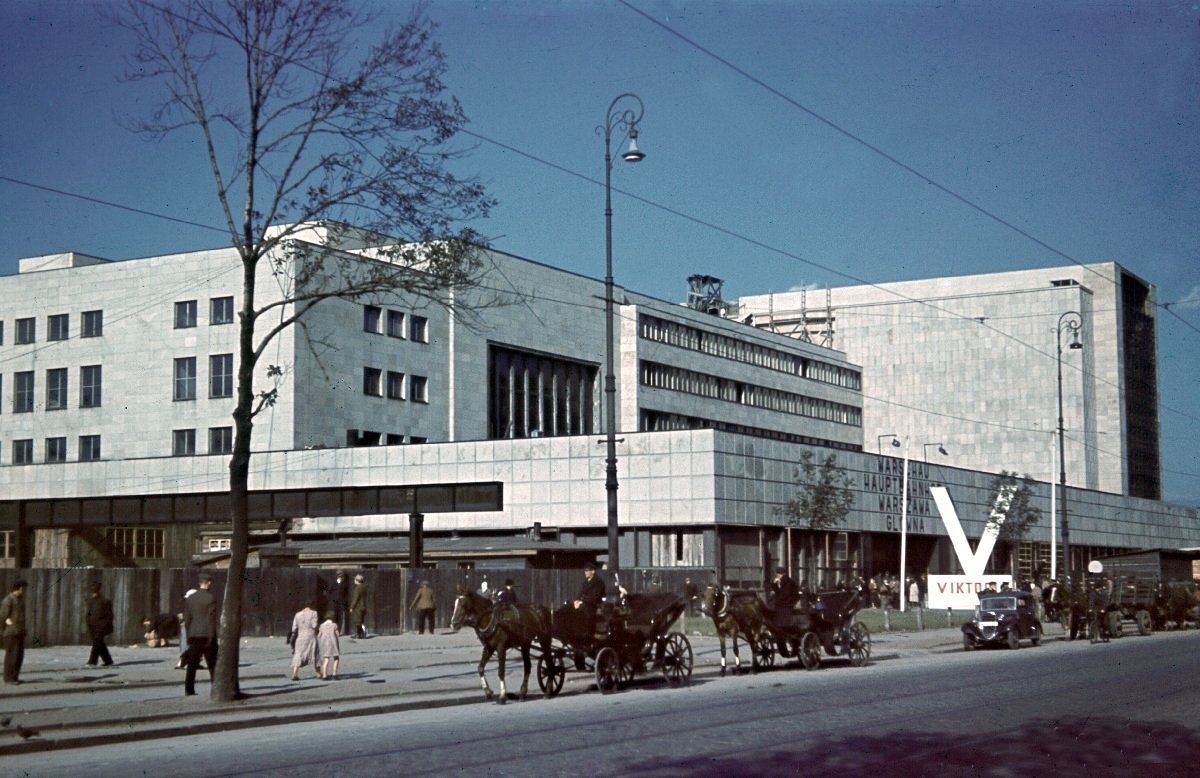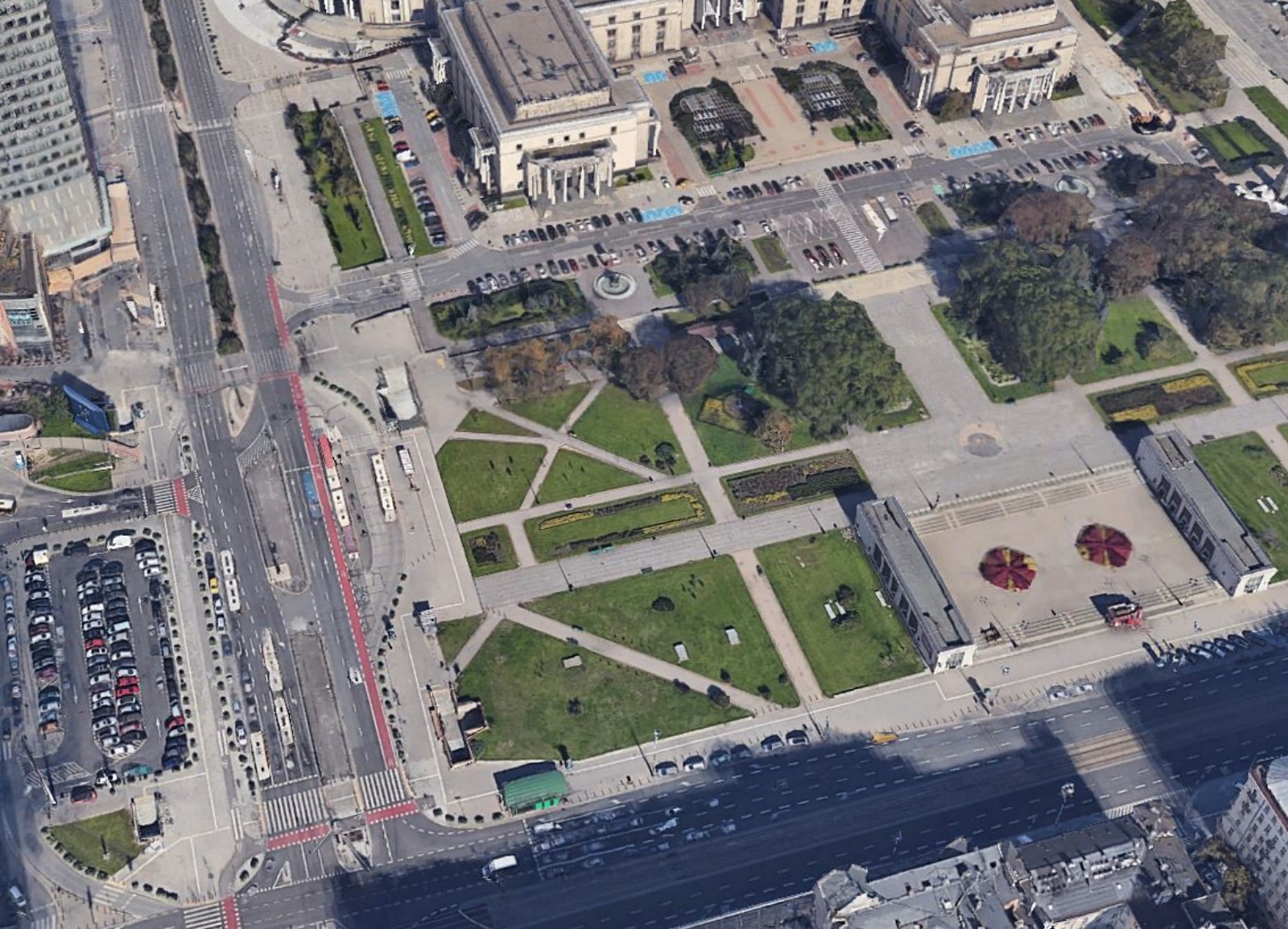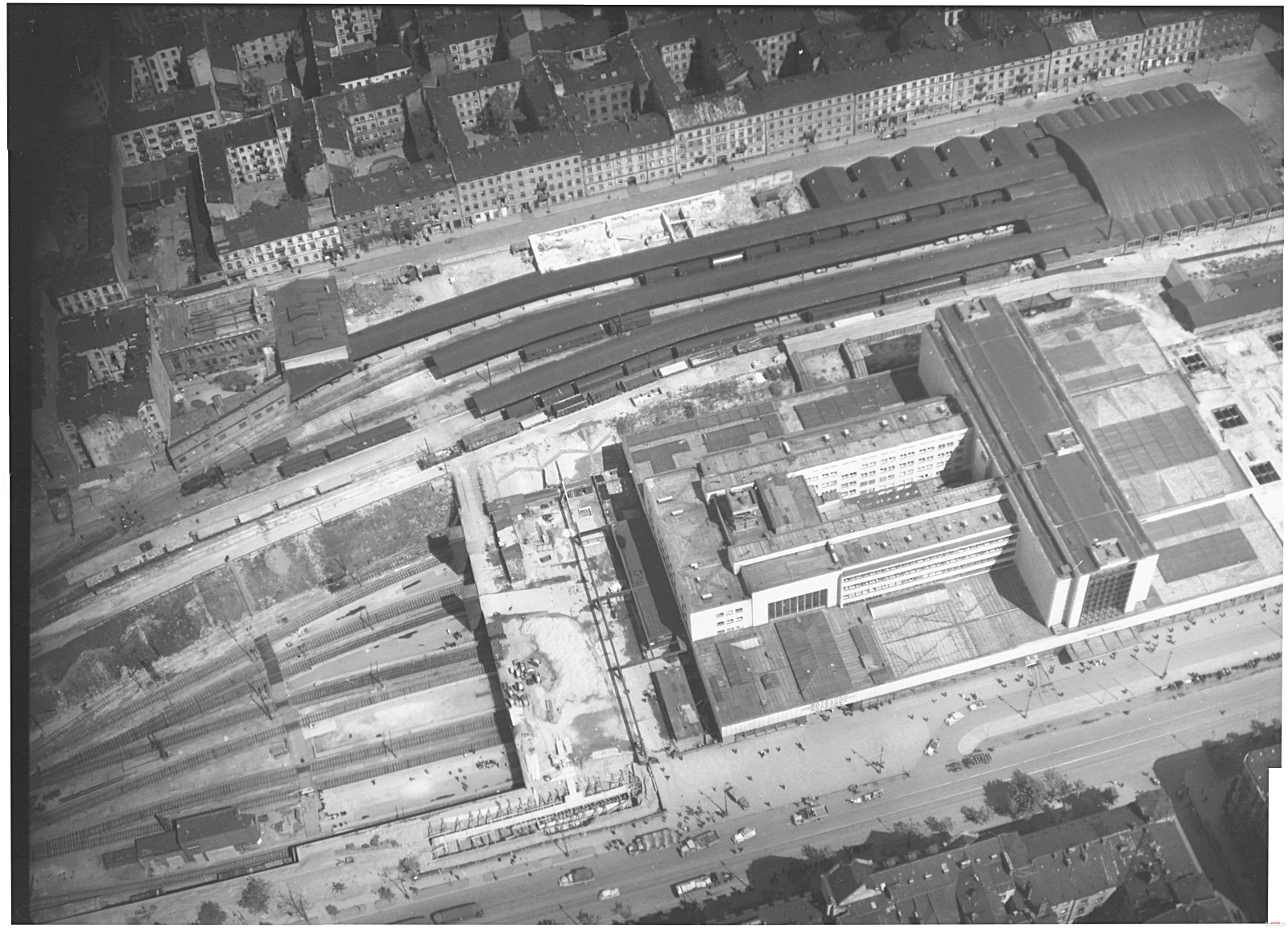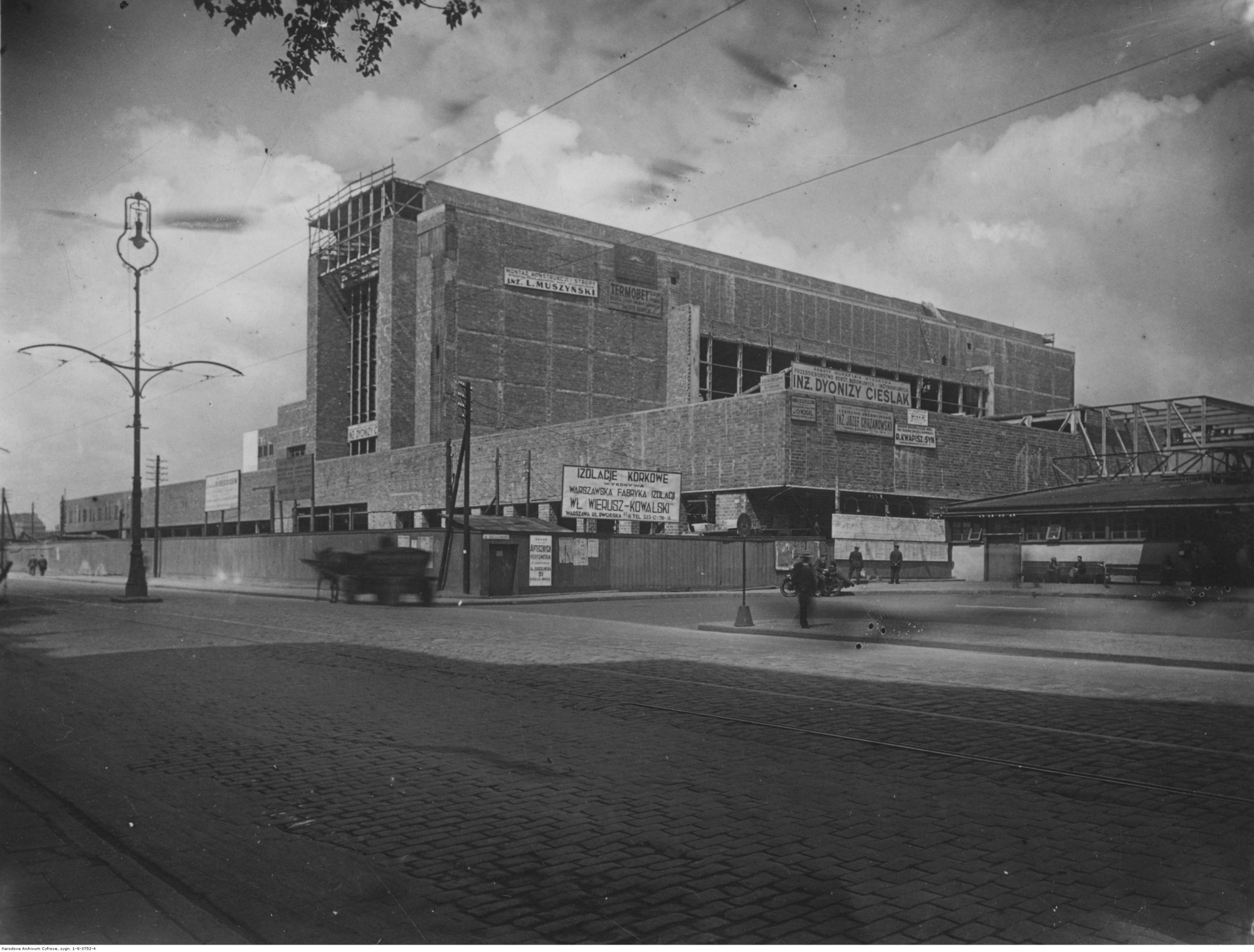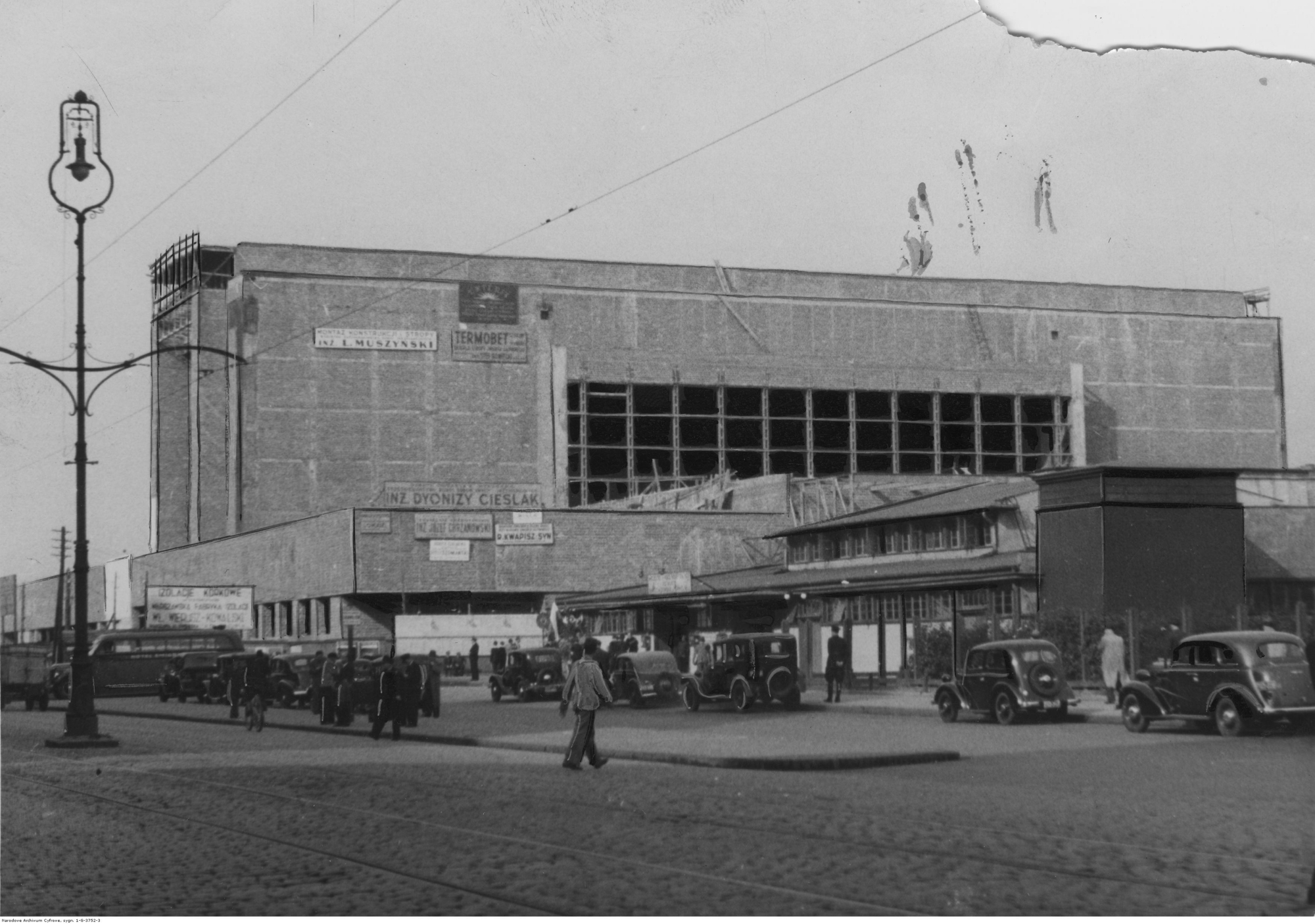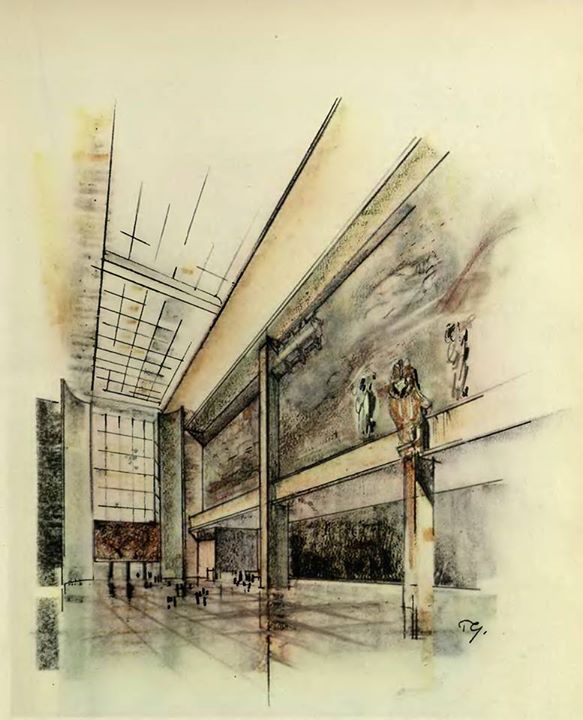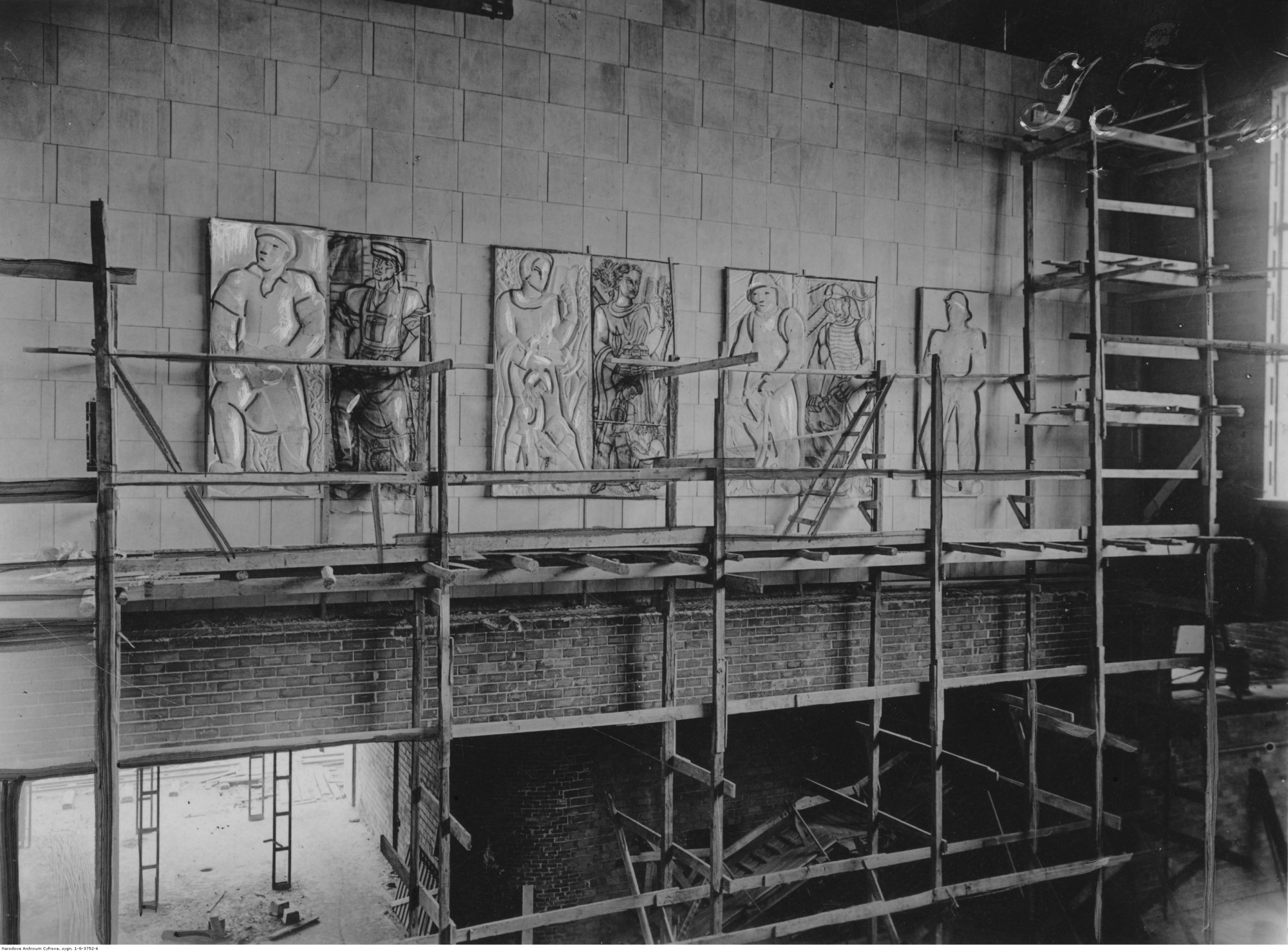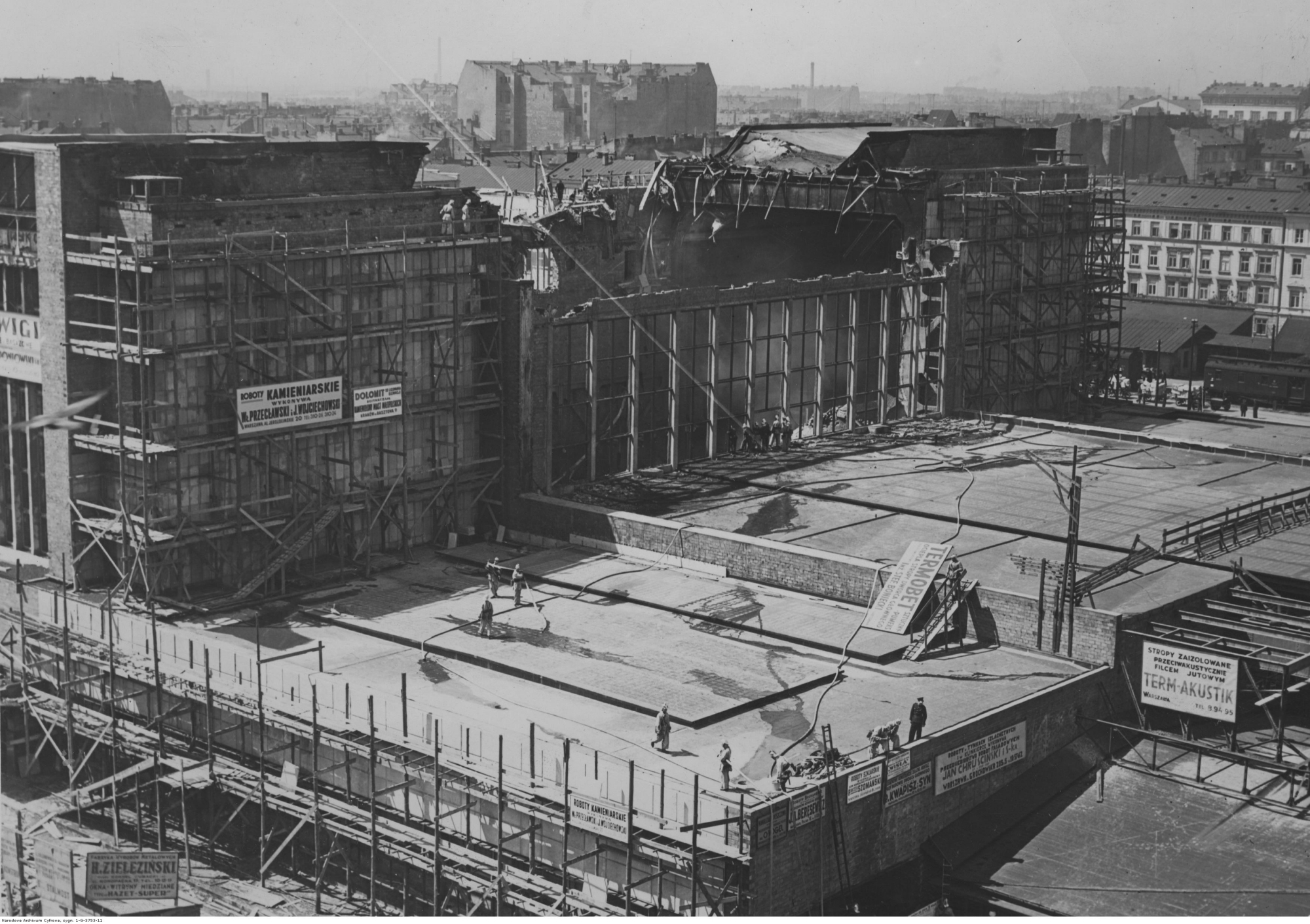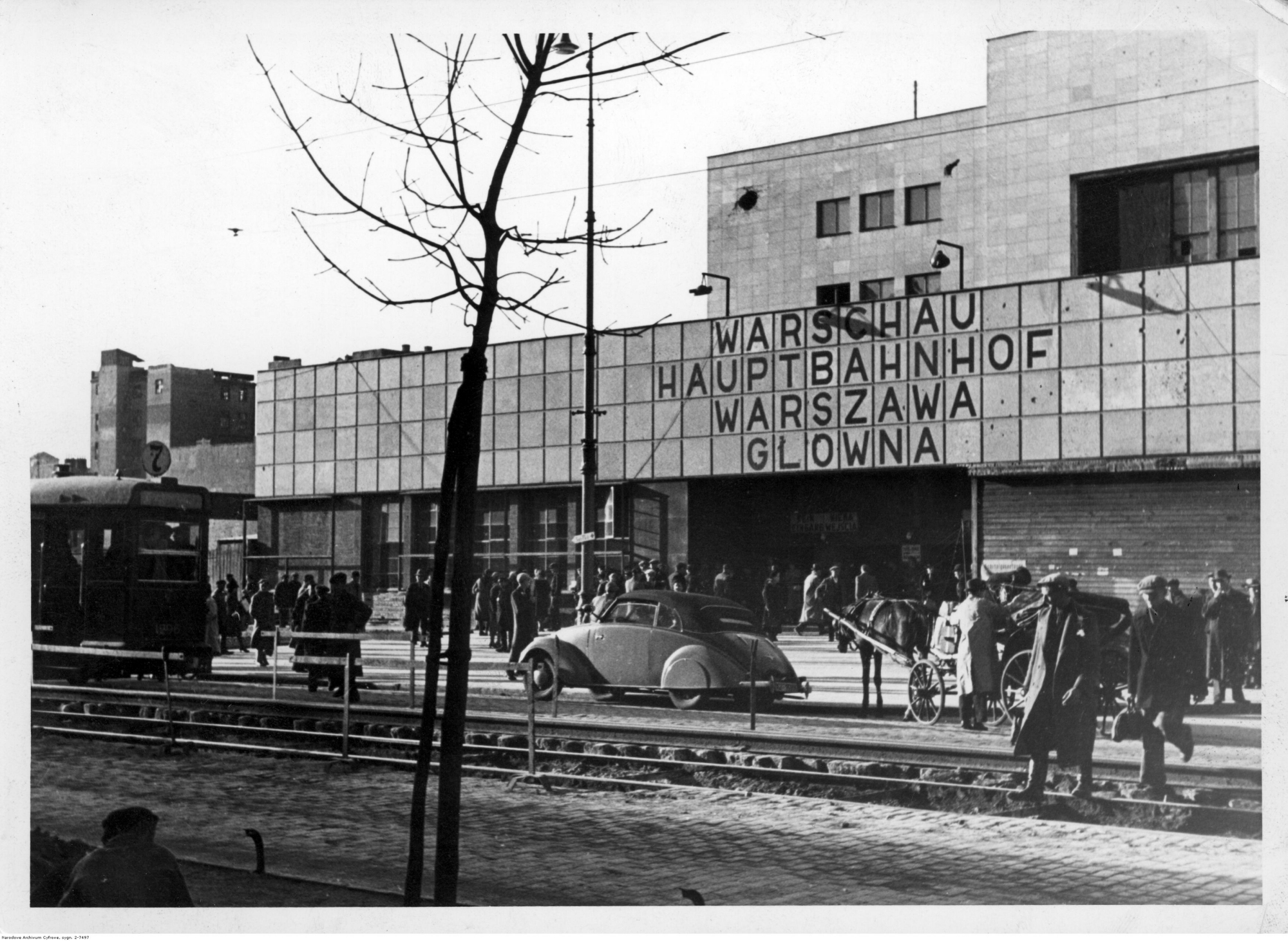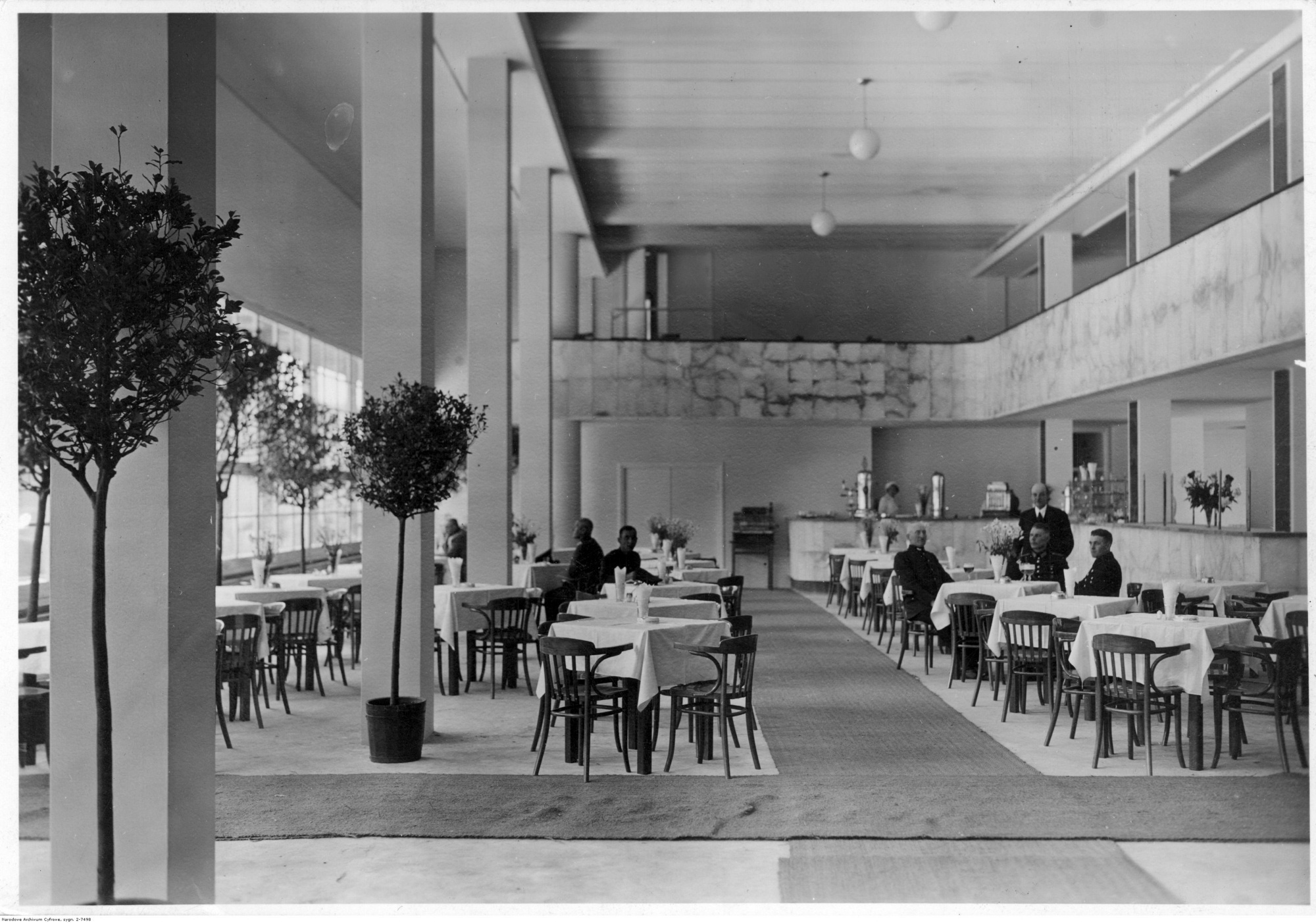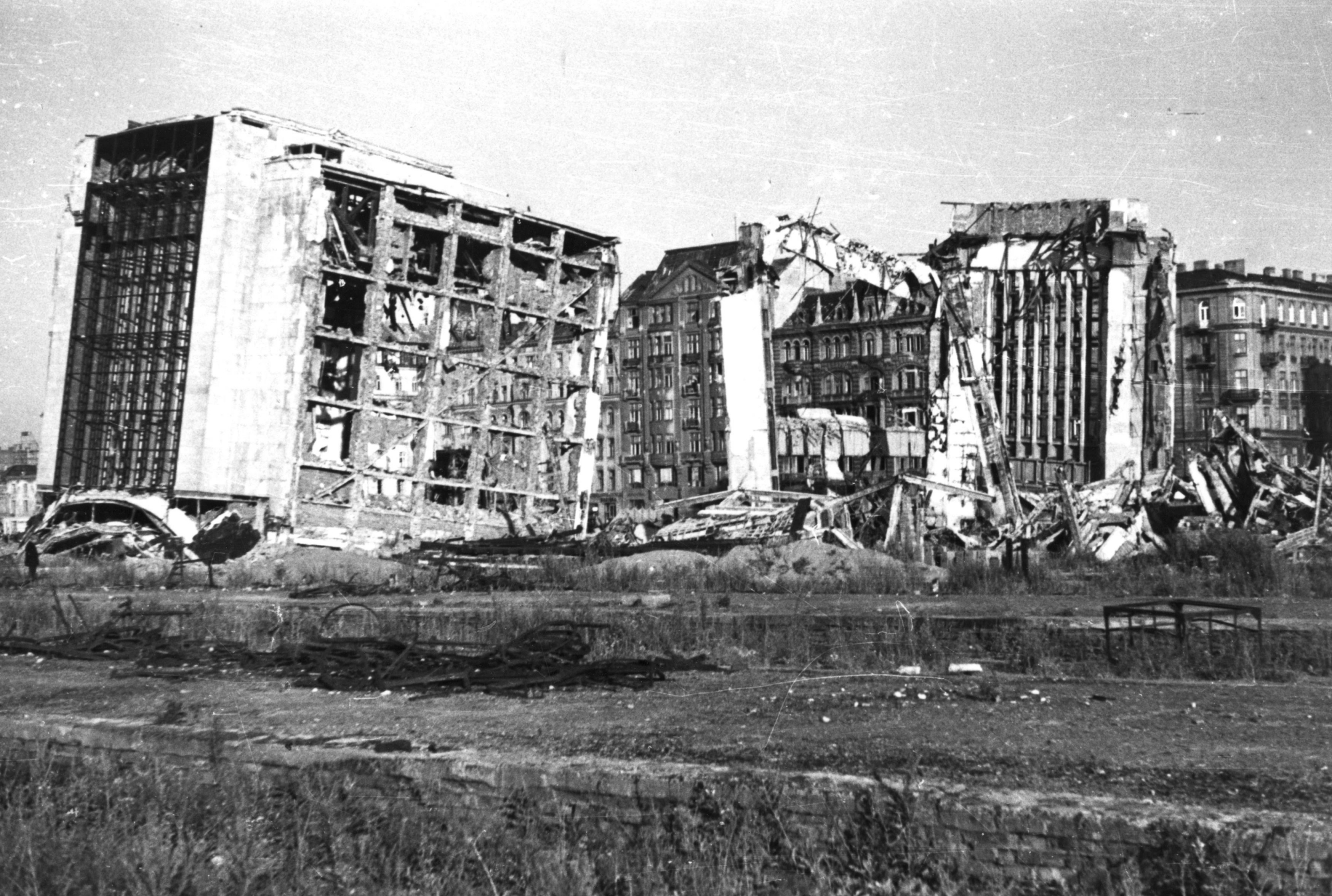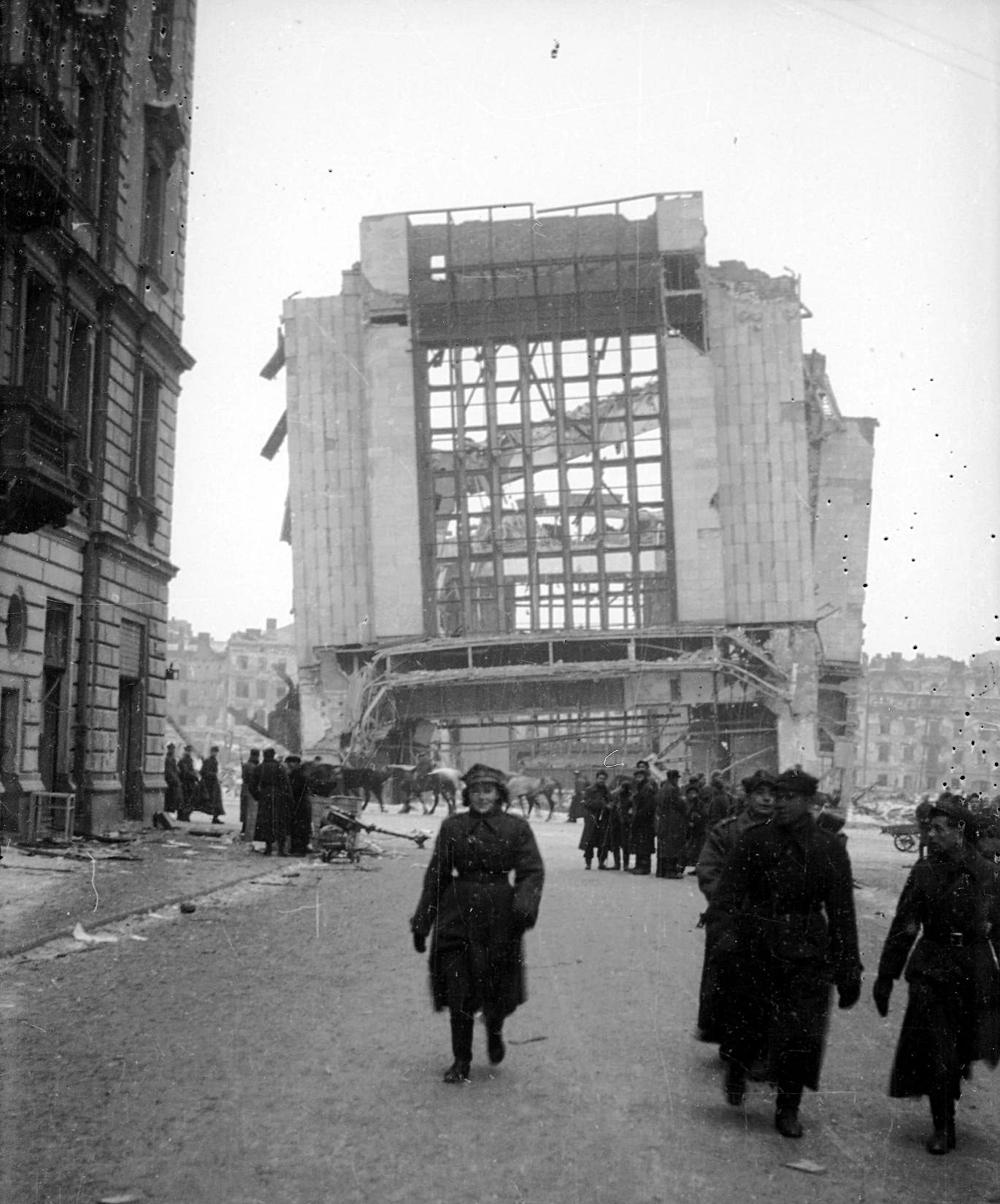The Central Station was the main passenger railway station of the Warsaw agglomeration in the pre-war capital. The monumental edifice was one of the most modern and largest stations in Europe. It was located along Jerozolimskie Avenue, between Marszałkowska and Emilia Plater Streets.It was never completed
The station platforms were located underground. Above them, a substantial building was constructed with three halls: a ticket office, for arriving passengers and for departing passengers. The building was planned as a representative structure, a showpiece of Warsaw and Poland. The façade was designed in a minimalist style with elements of art déco, while the interiors were richly decorated with sculptures and polychromes
The railway station in the summer of 1940. Source: Public domain, via Wikimedia Commons
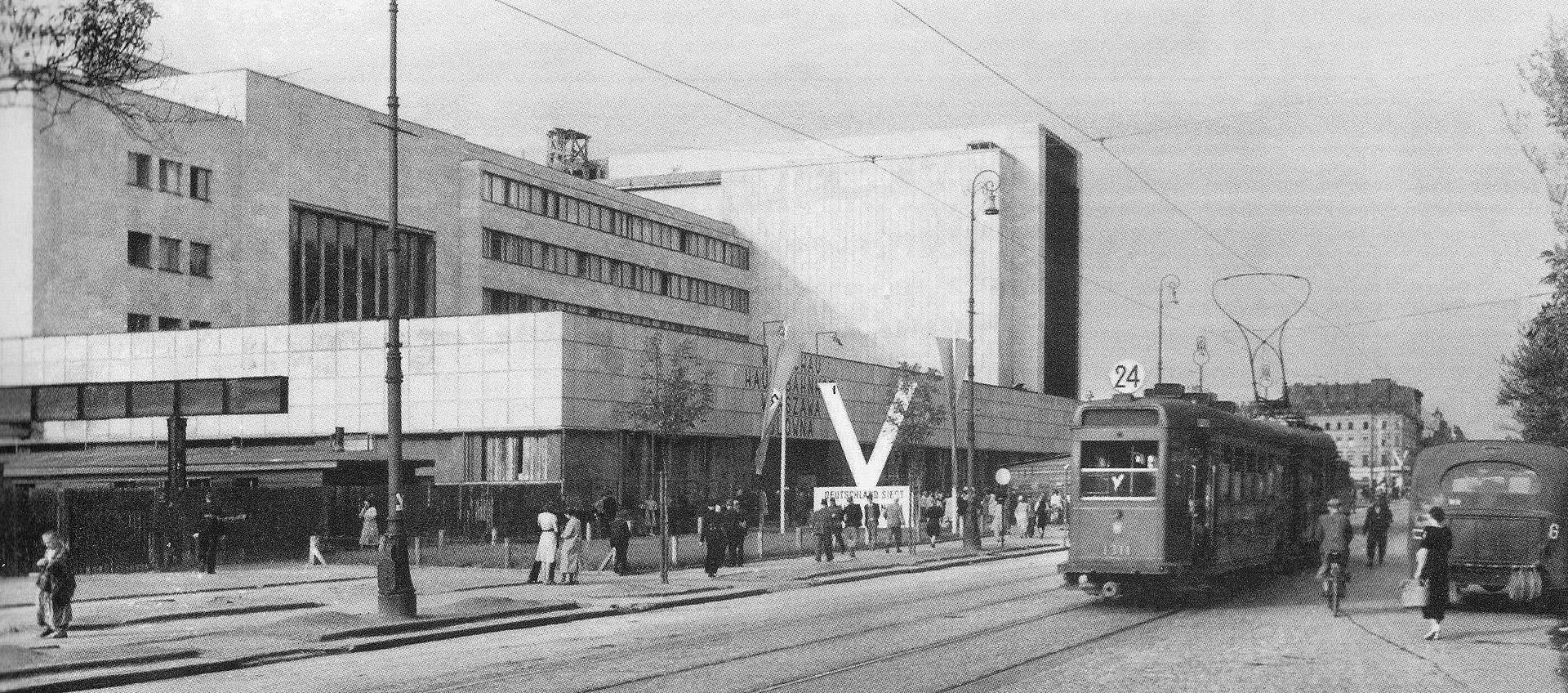
The concept of a common station for all railway lines running through the Warsaw agglomeration was conceived in the second half of the 19th century. Ultimately, these plans were only made possible by the reconstruction of the Warsaw railway junction initiated in 1921, which necessitated the demolition of the too-small Wiener Station. In its place, it was decided to build a new central station for the capital. In 1930, the Ministry of Railways held a new competition for the design of the new station and prepared the structural assumptions for the building and the underground station. The jury awarded three equal prizes. Eventually, the architectural design by Warsaw University of Technology professor Czesław Przybylski was submitted for further work. Two years later, construction began
The Central Railway Station during the occupation and the same place today. Source: Public domain and Google Maps
The modernist building of the Central Station was designed in the functionalist style. The monumental departure hall had a volume of 33,000 cubic metres. It received rich paint decoration and its main decoration was a sculpture of Polonia set on a high pedestal. Both the underground and above-ground parts of the station were made in reinforced concrete construction, with 10,000 tonnes of steel used in its construction. The frames and window divisions were made of copper. Despite the ongoing finishing work, the station began to serve a representative function. In 1938, passenger check-in began in the completed part of the Main Station. By mid-1939, the departure hall and underground section, among others, were finished and in use, and finishing work on the rest of the building was nearing completion. on 6 June 1939, a fire broke out in the station building. Scaffolding and wall insulation were seized from welding apparatus. The great hall of the station, which was in the final stages of completion and about to be put into use, burned down. The high temperatures deformed some parts of the steel roof structure and cracked some of the concrete walls. The fire destroyed the previously commissioned departure hall
Central Station and surroundings in 1944, before the outbreak of the uprising and the same place today. Source: Bildarchiv Foto Marburg and Google Earth
During the defence of Warsaw in September 1939, the station was also damaged in an aerial bombardment of the city. In the first weeks of the German occupation, however, it was provisionally renovated, in a form very much reduced from the original plans. The building was handed over to the General Directorate of the Eastern Railway and operated under the German name Warschau Hauptbahnhof. There was heavy fighting nearby during the Warsaw Uprising, but the station itself escaped major damage. Already after the surrender of the insurgent forces, in January 1945, the station was mined and blown up by German troops demolishing Warsaw
The remains of the building were demolished after the war. The clean-up of the ruins of the former Central Railway Station was not completed until 1952, during construction work on the Palace of Culture and Science. Based on the remains of the underground platforms of the original station, the new Warszawa Śródmieście station was built in 1955 by Arseniusz Romanowicz and Piotr Szymaniak. Over time, the function of Warsaw’s main station was taken over by the Central Station, built in 1975 a few hundred metres to the west
Source: historykon.pl
Read also: Architecture | Railway station | Modernism | City | Warsaw

